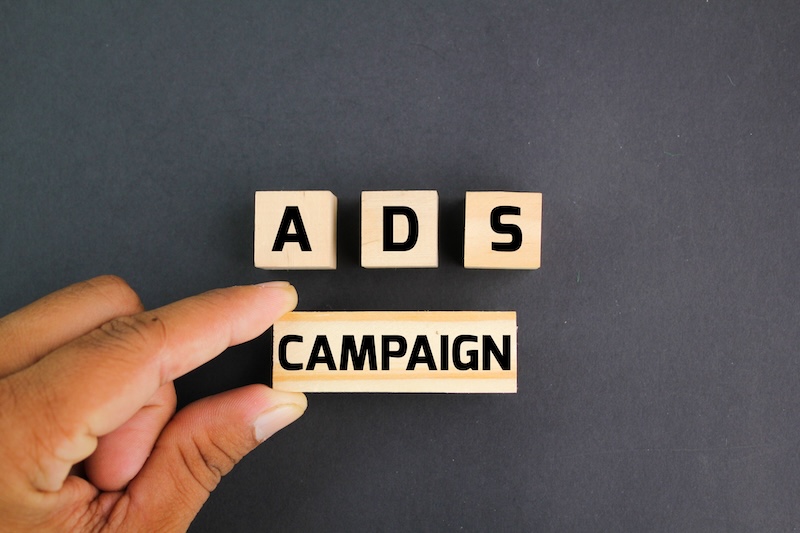Mastering Google Ads: Targeting the Right Audience for Maximum Impact

Mastering Google Ads: Targeting the Right Audience for Maximum Impact
In the ever-evolving world of digital advertising, the ability to target the right audience is crucial for the success of any marketing campaign. Google Ads provides an array of powerful tools and features that allow advertisers to hone in on their ideal customers. This guide, written on October 15, 2023, will explore the intricacies of audience targeting in Google Ads, offering practical examples, detailed insights, and actionable strategies to enhance your advertising efforts.
Understanding the Basics of Google Ads Audience Targeting
Before diving into advanced strategies, it’s important to understand the core components of audience targeting within Google Ads:
-
Demographic Targeting: This allows advertisers to reach users based on age, gender, parental status, and household income. It’s crucial for aligning your ad content with the characteristics of your ideal customer.
-
Geographic Targeting: By specifying locations, advertisers can target users in specific countries, cities, or even a radius around a particular location. This is invaluable for local businesses or services with geographical constraints.
-
Behavioral Targeting: Leveraging data on user behavior, such as search history and website interactions, to deliver ads that align with users’ interests and past actions.
-
Device Targeting: Customize your ads to appear on specific devices, whether it’s desktops, tablets, or mobile phones, ensuring optimal user experience across platforms.
The Importance of Audience Segmentation
Effective audience targeting hinges on segmentation. By dividing your audience into smaller, more manageable groups based on shared characteristics, you can tailor your messaging to resonate more deeply with each segment. Consider these segmentation strategies:
-
Interest-Based Segmentation: Identify what your audience is passionate about and align your ad content with these interests.
-
Lifecycle Stage Segmentation: Tailor your ads to users at different stages in the buying process—from awareness to decision-making.
-
Purchase Behavior Segmentation: Analyze past purchase data to predict future buying behavior and target accordingly.
Advanced Targeting Techniques in Google Ads
Custom Audiences
Custom Audiences in Google Ads allow you to create highly targeted groups based on specific criteria. Here’s how to set one up:
1. Navigate to the “Audience Manager” in your Google Ads account.
2. Select “Custom Audiences” and click on the “+” button to create a new audience.
3. Define your audience based on the following options:
- **Interests and behaviors**: Choose from predefined categories or enter specific interests.
- **Keywords**: Enter relevant keywords that potential customers might use.
- **URLs**: Add URLs of websites your target audience visits.
4. Save your custom audience and apply it to your campaigns.
Remarketing Strategies
Remarketing is a powerful tactic that targets users who have previously interacted with your brand. This can significantly increase conversion rates by reminding potential customers of your offerings.
Setting Up Remarketing Lists
- Install the Google Ads Remarketing Tag: Add this tag to your website to start collecting data on site visitors.
- Create a Remarketing List:
- Go to “Audience Manager” and select “Remarketing.”
- Choose the type of list you want to create (e.g., visitors to a specific page, users who didn’t complete a purchase).
- Set membership duration and other criteria.
- Deploy Remarketing Campaigns: Use these lists to create campaigns that specifically target past visitors with tailored messages.
In-Market and Affinity Audiences
Google Ads offers predefined audience segments known as In-Market and Affinity Audiences. These segments are based on users’ demonstrated buying intent and overall lifestyle interests, respectively. Using these can streamline the process of reaching potential customers who are likely to be interested in your products or services.
Practical Example: Targeting with Google Ads
Consider a business selling eco-friendly home products. Here’s a step-by-step approach to targeting the right audience using Google Ads:
-
Define Your Customer Persona: Identify key traits of your ideal customer—environmentally conscious, tech-savvy, aged 25-45, with disposable income.
-
Utilize Custom Audiences:
- Create a custom audience using keywords like “sustainable living,” “eco-friendly products,” and “green home solutions.”
- Include URLs of popular eco-friendly blogs and forums.
-
Leverage Remarketing:
- Implement a remarketing strategy for users who visited product pages but didn’t complete a purchase.
- Craft personalized ads offering discounts or highlighting product benefits to encourage conversion.
-
In-Market and Affinity Audiences:
- Target in-market audiences interested in “Home & Garden” and “Green Living.”
- Use affinity audiences related to “Environment Enthusiasts” and “DIY Home Decorators.”
Best Practices for Audience Targeting in Google Ads
-
Continuous Testing and Optimization: Regularly test different audience segments and ad creatives. Analyze performance data to refine your targeting strategy.
-
Alignment with Business Goals: Ensure that your targeting strategy aligns with your overall business objectives. This could mean focusing on high-value customers or expanding reach to new demographics.
-
Use of Data and Analytics: Leverage Google Analytics and Ads reporting tools to gain insights into audience behavior and campaign performance.
-
Personalization at Scale: Use dynamic ad features to tailor your messaging to individual users without losing efficiency.
Actionable Takeaways
- Regularly review and update your audience segments to reflect changes in consumer behavior and market trends.
- Experiment with different types of audiences, such as custom affinity or life events, to discover new opportunities.
- Focus on high-intent audiences, such as remarketing lists or in-market segments, to maximize ROI.
Conclusion and Next Steps
Targeting the right audience with Google Ads is both an art and a science. By leveraging the platform’s robust targeting options and continuously refining your strategy, you can ensure that your ads reach the most relevant users, driving engagement and conversions. As you move forward, consider exploring automation features like Smart Bidding to optimize your campaigns further.
For your next steps, dive deeper into learning about Google Ads scripts to automate repetitive tasks and enhance your campaigns’ efficiency. Additionally, keep abreast of the latest updates and features in Google Ads to remain competitive in the digital advertising landscape.